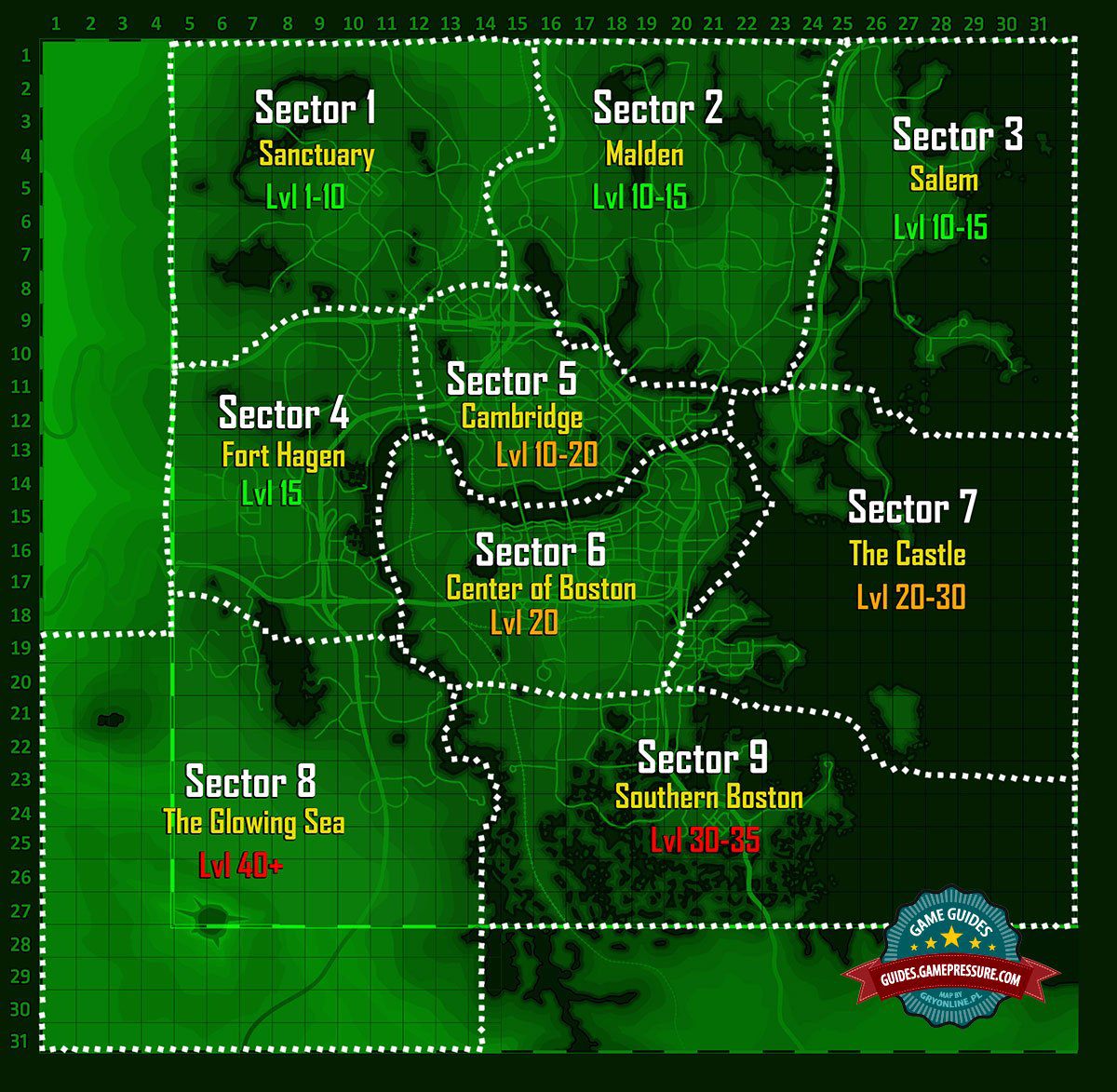Fallout 4 Enemy Scaling Explained: A Guide
Does the thrill of victory fade when your foes become mere fodder? In the irradiated wasteland of Fallout 4, the balance between challenge and effortless triumph hinges on a complex system of enemy scaling, a system that has sparked debate and driven players to seek modifications. This intricate dance of power levels determines whether your journey through the Commonwealth is a desperate struggle for survival or a leisurely stroll through a radioactive park.
The core of Fallout 4's enemy scaling lies within the concept of "cells." These virtual spaces, contrary to popular belief, aren't static. They dynamically recalculate enemy levels based on a combination of factors, most notably the player's level and the inherent threat level assigned to each cell. This is where the nuance begins. Enemies aren't simply scaled uniformly based on the player's progression. Instead, they are categorized by level and then further sorted into threat categories, aiming to create a more engaging late-game experience by emphasizing enemy archetypes.
| Game Title | Fallout 4 |
|---|---|
| Developer | Bethesda Game Studios |
| Publisher | Bethesda Softworks |
| Release Date | November 10, 2015 |
| Platforms | Microsoft Windows, PlayStation 4, Xbox One |
| Engine | Creation Engine |
| Setting | The Commonwealth (post-apocalyptic Boston, Massachusetts) |
| Reference | Wikipedia - Fallout 4 |
Imagine encountering a level 8 Gunner. They're not likely to be carrying a Fat Man mini-nuke launcher or clad in heavy combat armor. The loot they drop is directly tied to their spawned level. As you progress, gaining experience and climbing the level ladder, the quality of enemy loot improves. Those coveted high-tier weapons and armor only begin to appear on loot lists once you've reached a certain threshold. This creates a natural progression system, rewarding exploration and challenging players to venture into more dangerous territories.
However, this system isn't without its complexities. The inherent level banding of enemies, while creating pockets of predictable challenge, also introduces inconsistencies. You might find yourself facing enemies perfectly matched to your level, only to stumble upon groups significantly weaker or stronger in the very next area. This can disrupt the flow of gameplay, leading to moments of both frustration and trivialization.
The debate among players centers on whether this system effectively maintains a sense of challenge throughout the game. Some argue that the scaling, even with its flaws, adequately increases the difficulty as you progress. They point to the increasing health pools of enemies in higher-level zones, eventually requiring entire magazines of ammunition to take down even common foes. The Fallout 4 heat map, a valuable resource for players seeking a suitable challenge, becomes a guide to these increasingly dangerous areas.
Others contend that the system falters at higher levels, with some enemies failing to scale adequately. Reaching level 200, for instance, might pit you against a mix of appropriately leveled behemoths and surprisingly weak stragglers. This inconsistency can undermine the sense of accomplishment and create a lopsided gameplay experience.
This inherent tension has led to the creation of a plethora of mods designed to tweak and overhaul the enemy scaling system. Some aim for a more consistent and challenging experience by removing level caps and ensuring that all enemies scale with the player. Others focus on refining the existing system, adjusting the scaling parameters for specific enemy types or zones. One popular approach is to allow certain iconic enemies, like Deathclaws and Mirelurk Queens, to scale indefinitely, preserving their status as formidable foes throughout the game.
The choice ultimately lies with the player. Do you prefer the vanilla experience, with its mix of predictable challenges and occasional inconsistencies? Or do you crave a more tailored experience, where the difficulty curve aligns perfectly with your playstyle? The modding community provides a wealth of options, from subtle tweaks to complete overhauls, allowing players to fine-tune the wasteland to their liking. Whether you choose to embrace the unpredictable nature of the vanilla system or sculpt a perfectly balanced challenge, one thing remains certain: survival in the Commonwealth demands adaptation, strategy, and a healthy respect for the dynamic power struggles that shape its irradiated landscape.
Consider the perspectives of those who prefer a more curated experience. They might argue that scaling shouldnt apply universally. Raiders, for example, might become trivial targets at higher levels, while apex predators like Deathclaws should remain perpetually challenging. This approach preserves a sense of hierarchy in the wastelands ecosystem, ensuring that some encounters remain tests of skill and strategy, even for seasoned wanderers.
Further complicating the matter is the issue of player progression. A player's combat effectiveness isnt solely determined by their level. Perks, equipment, and playstyle all contribute significantly to their ability to overcome challenges. Scaling every enemy directly to the players level could lead to a frustrating experience, where even low-level enemies become bullet sponges, negating the impact of player choice and build customization.
The interplay of these factors underscores the complexity of enemy scaling in Fallout 4. It's not simply a matter of making enemies stronger as the player levels up. It's about crafting a dynamic and engaging experience that respects the game's lore, encourages exploration, and provides a consistent yet evolving challenge. The ongoing debate within the community and the proliferation of mods dedicated to refining this system are testaments to its crucial role in shaping the players journey through the post-apocalyptic wasteland.


